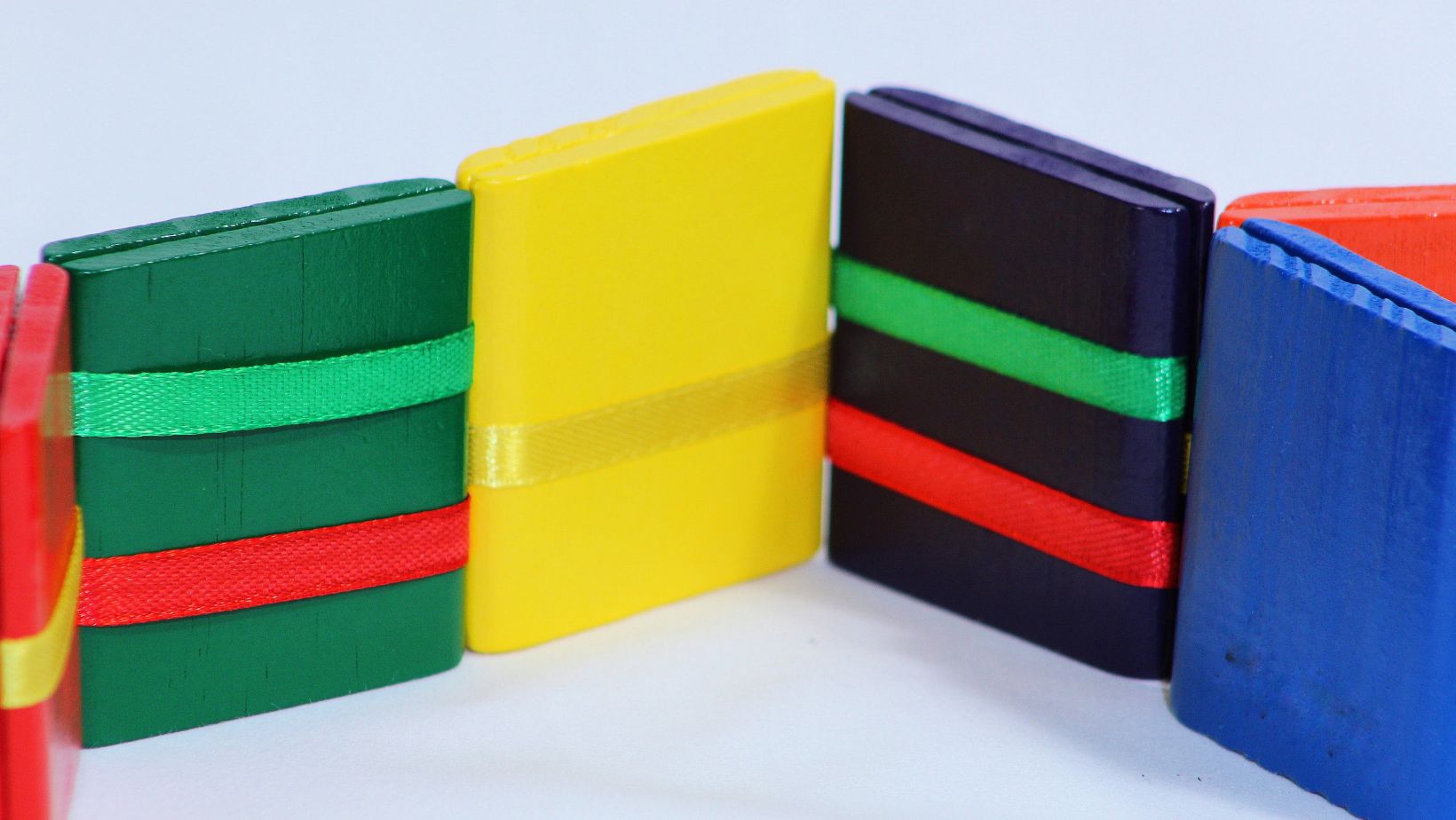How to Craft Ladders
Crafting ladders is both a practical skill and a rewarding DIY project. Whether you need a ladder for household tasks, working on construction projects, or simply reaching high places, knowing how to craft your own ladder can save you money and provide a sense of accomplishment. In this article, I’ll share some essential steps and tips to help you create a sturdy and functional ladder.
To begin crafting your ladder, the first step is choosing the right materials. Wood is a popular choice due to its durability and versatility. Hardwoods like oak or maple are recommended for their strength, but softwoods like pine can work well too. Additionally, select appropriate hardware such as screws or nails that are designed for heavy-duty use.
Next, it’s important to carefully plan the dimensions of your ladder based on its intended purpose. Consider factors such as height requirements, weight capacity, and available space for storage. Measure twice to ensure accuracy before cutting the wood into the desired lengths for the side rails and rungs.
Once you have all your materials prepared, assembly is straightforward. Start by attaching the rungs evenly along each side rail using strong joinery techniques like mortise-and-tenon joints or dowel joints. Secure everything tightly to guarantee stability and safety during use.
By following these steps with precision and attention to detail, you can successfully craft your own ladder that meets your specific needs. Remember to prioritize safety throughout the process by wearing protective gear like gloves and goggles when handling tools or working with wood. Now let’s dive deeper into each step of ladder crafting in the upcoming sections!
Choosing the Right Materials
When it comes to crafting ladders, selecting the appropriate materials is crucial. The right choice can determine the durability, safety, and overall functionality of your ladder. In this section, I’ll share some valuable insights on how to choose the right materials for your ladder construction project.
- Consider Weight Capacity: One of the primary factors to consider when selecting ladder materials is their weight capacity. Different materials have varying load-bearing capabilities, so it’s important to assess your specific needs. Determine the maximum weight that the ladder will need to support and choose materials accordingly. This will ensure that your ladder remains sturdy and secure during use.
- Evaluate Strength and Durability: Ladders are often subjected to heavy usage and rough handling. Therefore, it’s essential to opt for materials that provide strength and durability. Aluminum is a popular choice due to its lightweight yet robust nature, making it resistant to rust and corrosion. Wood is another option known for its natural strength; however, regular maintenance may be required.
- Assess Portability: Depending on your requirements, you may need a portable ladder that can be easily transported from one location to another. In such cases, lightweight materials like aluminum or fiberglass are ideal choices as they offer excellent portability without compromising on stability.
- Consider Environmental Factors: If you plan on using your ladder outdoors or in environments with high moisture levels or extreme temperatures, choosing weather-resistant materials becomes crucial. Fiberglass is an excellent option in these scenarios as it provides superior resistance against weather elements while maintaining its structural integrity.
- Safety Features: Lastly, don’t forget about incorporating safety features into your ladder selection process. Look for non-slip treads or rungs that offer enhanced grip during use. Additionally, consider adding accessories like stabilizers or anti-slip feet for added stability.
By carefully considering these factors in choosing the right materials for your ladder construction project, you can ensure a sturdy, durable, and safe ladder that meets your specific needs.


